Introduction
What Is A Pigs Life Span: The lifespan of a pig, like that of many domesticated animals, is influenced by various factors, including breed, care, and environmental conditions. Pigs, particularly those raised for meat production, are known for their relatively short lifespan compared to some other farm animals. Piglets are born after a gestation period of about three months. During this stage, they are entirely dependent on their mother’s milk for nourishment. Piglets grow rapidly, doubling their weight within a week or two.
Around 3-8 weeks of age, piglets are typically weaned from their mother’s milk and transition to solid food, often in the form of specially formulated starter feed pigs. This period is crucial for their growth and development, and proper nutrition is essential to ensure their health and vitality. After the weanling stage, pigs progress to the grower and finisher stages, where they continue to gain weight and prepare for market. These stages can last several months, with the goal of reaching market weight, which is typically around 250-300 pounds (115-135 kilograms).
In contrast to pigs raised for meat production, breeding sows have a longer life expectancy and go through cycles of pregnancy and lactation. Proper care, nutrition, and health management are crucial to ensure their reproductive success and longevity. Breeding sows can live for several years if well cared for. Boars, which are used for breeding, also have different nutritional and management requirements. They can live for several years and contribute to multiple breeding cycles if maintained in good health.
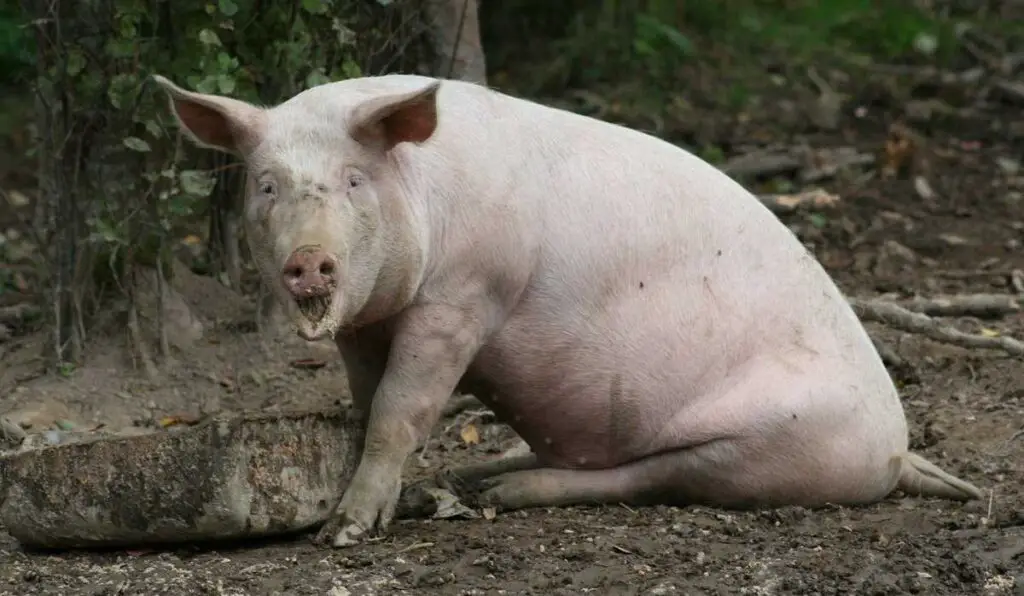
How long do pet pigs live?
Lifespan – the average lifespan of these breeds is five to ten years, although some can live up to 25 years. Temperament – while some pigs have a very good temperament, others should be handled with care.
Breed: Different pig breeds have varying lifespans. Miniature or “teacup” pig breeds are often bred for smaller size and may have longer lifespans compared to standard or commercial pig breeds.
Diet: Providing a well-balanced and nutritious diet is essential for the health and longevity of pet pigs. Obesity can be a common issue in pet pigs, which can lead to various health problems and a shorter lifespan.
Healthcare: Regular veterinary care, vaccinations, and preventive measures are crucial to maintaining a pet pig’s health. Early detection and treatment of illnesses and parasites can extend their lifespan.
What is the longest lifespan of a pig?
23 years old
The oldest pig in the world was named Baby Jane and lived to be 23 years old. The pig’s age was verified by Guinness World Records. Before Jane, a 23-year-old pig named Ernestine took home the crown of the world’s oldest pig. No pigs have broken the barrier of living past 23 years.
Regular Health Check-ups: Routine veterinary care is essential to monitor your pig’s overall health and address any potential health issues promptly. Vaccinations, dental care, and preventive treatments for parasites are crucial components of a pig’s healthcare regimen.
Balanced Diet: Providing a balanced and appropriate diet is fundamental to a pig’s health and longevity. Overfeeding and obesity should be avoided, as they can lead to various health problems, including joint issues and heart disease.
Exercise and Mental Stimulation: Pigs are intelligent and active animals. Ensuring they have ample opportunities for physical activity and mental stimulation can contribute to their well-being and lifespan. Encourage play, exploration, and social interaction.
What is the lifespan of a pig for food?
In commercial systems, domesticated pigs are divided between fattening/meat pigs and breeding sows, both with similar behavioural needs. Sows have an average lifespan of 20 years but in commercial settings are usually culled after 3 to 5 litters, meaning around 2-3 years of age.
Efficiency: The primary goal is to efficiently convert feed into meat. Pigs are raised to reach market weight as quickly as possible to minimize the cost of feed and housing, as well as to reduce the environmental impact of pig farming.
Consumer Demand: The demand for pork products drives the need for a continuous supply of pigs for slaughter. Meeting this demand requires a production system that focuses on rapid growth and high-quality meat.
Economic Factors: Maintaining pigs beyond their optimal market weight can result in diminishing returns for farmers. The cost of feeding and housing pigs increases as they grow older, while their rate of weight gain decreases.
How many times a pig can give birth?
Unit 31: Pregnancy and farrowing (giving birth) Pregnancy lasts for 3 months 3 weeks and 3 days. A well fed sow will produce at least 10 piglets (litter) from each pregnancy and may have 2 litters each year.
Reproductive Life: Sows typically reach sexual maturity and can be bred for the first time at around 7 to 9 months of age, although the exact age can vary by breed and individual development. They can continue to be bred until they are around 5 to 7 years old or even longer, depending on their health and fertility.
Reproductive Cycle: Sows have an estrous cycle that typically lasts about 21 days. They can be bred during their estrus (heat) period, which lasts for a day or two within each cycle. After a successful mating, a pregnancy (gestation) lasts approximately 114 to 116 days.
Litter Size: The number of piglets a sow can produce in each litter varies but can range from a few piglets to over a dozen. Genetics, nutrition, and management practices can influence litter size.
Can 1 pig live alone?
We know there are a lot of opinions out there; however, the research shows that pigs don’t do well as single pigs. Potbellied pigs are intelligent and complex creatures and have social hierarchies and herd dynamics. To be truly happy, they need the companionship of another pig(s).
Social Needs: Pigs are known for their strong social bonds. In the wild, they live in groups and engage in various social behaviors. When kept alone, pigs can become lonely, stressed, and bored, which can lead to behavioral issues and health problems.
Mental Stimulation: Interaction with other pigs provides mental stimulation and enrichment for pigs. They enjoy playing, rooting, and communicating with one another. In a solitary environment, they may lack opportunities for these natural behaviors.
Emotional Well-being: Companionship with other pigs helps maintain the emotional well-being of these intelligent animals. They can form strong bonds and provide emotional support to each other.
Are pigs intelligent?
Pigs are gentle creatures with surprising intelligence. Studies have found they’re smarter than dogs and even 3-year-old children! In the wild, pigs form small groups that typically include a few sows and their piglets.
Learning and Memory: Pigs have excellent learning abilities and can remember past experiences. They can quickly learn to navigate mazes, recognize objects and individuals, and remember the locations of food sources.
Social Intelligence: Pigs are social animals and have complex social structures. They can recognize and remember other pigs and humans, and they engage in a variety of social behaviors such as grooming, playing, and forming alliances.
Problem Solving: Pigs are adept at solving problems and puzzles. They can use their snouts to manipulate objects and access food, and they often exhibit innovative problem-solving strategies.
Are pigs a good pet?
In recent years, the popularity of pigs as pets has skyrocketed, and many pig lovers have purchased ‘mini’ or ‘micro’ pigs to live in their homes as companion animals. The intelligent and affectionate nature of pigs means they can be entertaining and rewarding company, not to mention very cute.
Intelligence: Pigs are highly intelligent animals, often compared to the intelligence of dogs. They can be trained to perform tricks, follow commands, and even use a litter box.
Affectionate: Pigs can form strong bonds with their human caregivers and often enjoy cuddling and affection.
Cleanliness: Pigs are naturally clean animals and will typically choose a specific area for their bathroom needs.
Low Allergenicity: Some people with allergies to dogs or cats find that they are less allergic to pigs.
How old is the first pig?
The time since divergence of the ancestral forms was estimated at approximately 500,000 years, well before domestication approximately 9,000 years ago. Historical records indicate that Asian pigs were introduced into Europe during the 18th and early 19th centuries.
The age of the first pig can vary depending on the context and the specific pig in question. In a general sense, the age of the “first pig” would be determined by when pigs, as a species, first evolved. Pigs are believed to have originated millions of years ago, with their ancestors dating back to the early Eocene period, which began approximately 56 million years ago.
If you are referring to the age of the first domesticated pig, it’s important to note that pigs were among the earliest animals to be domesticated by humans. The exact timeline of pig domestication varies by region, but it is generally believed to have occurred around 10,000 to 13,000 years ago in multiple parts of the world. These early domesticated pigs were the ancestors of the modern domestic pig (Sus scrofa domesticus).
However, if you are asking about the age of a specific pig in history or a famous pig, it would depend on the individual pig’s birthdate or the historical context in which it lived. Pigs can live for several years, with some individuals living longer, so the age of a specific pig would be determined by its birthdate and lifespan.
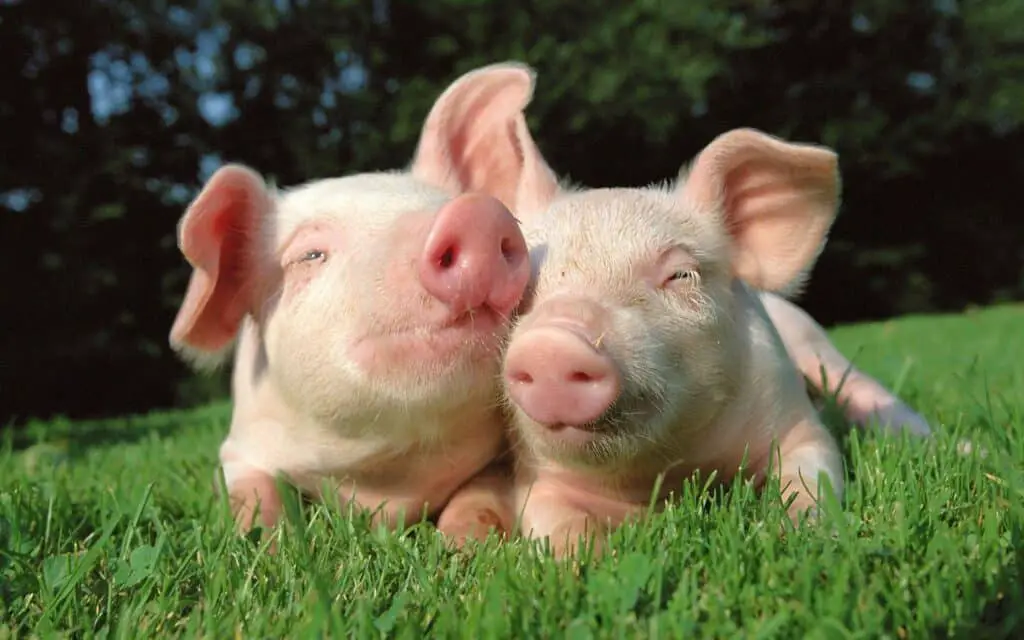
Conclusion
A pig’s lifespan is a journey marked by distinct stages, each with its unique challenges and opportunities. From the vulnerable piglet stage to the robust grower and finisher phases, and on to the reproductive roles of breeding sows and boars, the life of a pig is influenced by genetics, nutrition, care, and environmental conditions.
While the typical lifespan of a pig may vary depending on factors such as breed and purpose, it’s important to recognize the significance of proper care and management throughout their lives. For pigs raised for meat production, maximizing growth and efficiency is paramount, and this requires attention to nutrition and health at every stage. On the other hand, breeding sows and boars, which play crucial roles in pig farming, require specialized care to ensure reproductive success and longevity.
Breeding sows, in particular, may pigs live for several years if well-maintained, contributing to the sustainability of pig farming operations. Understanding a pig’s lifespan is not only important for farmers and pig owners but also for those concerned with animal welfare and the ethical management of these intelligent and versatile animals. By promoting responsible and compassionate pig husbandry practices, we can ensure that pigs lead healthy, fulfilling lives, and that the pork industry operates efficiently and sustainably.

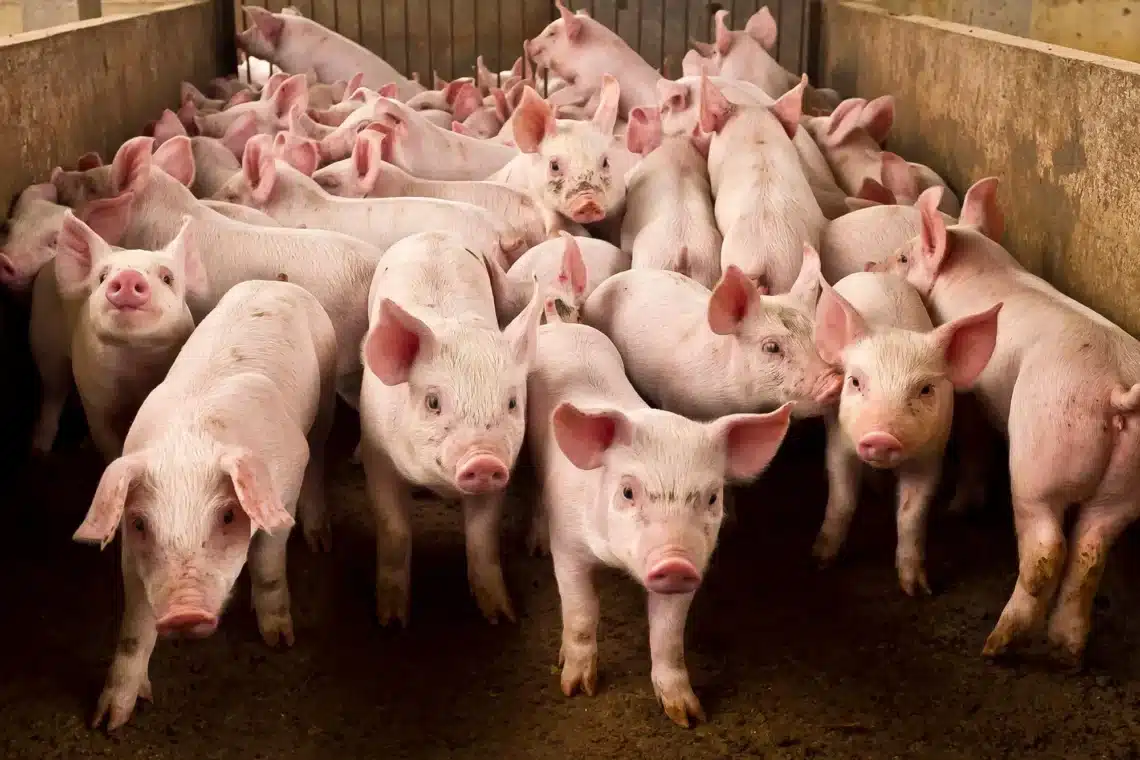
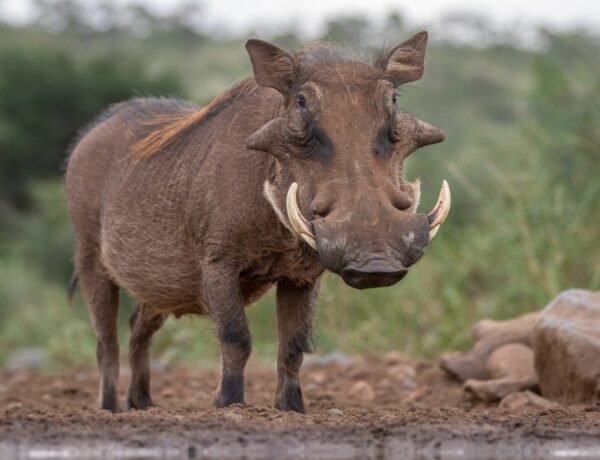
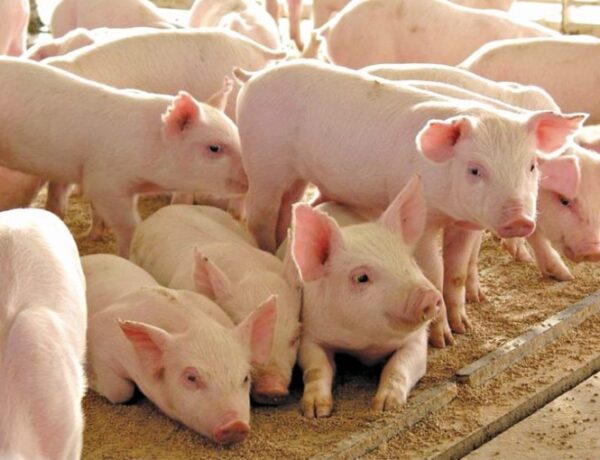
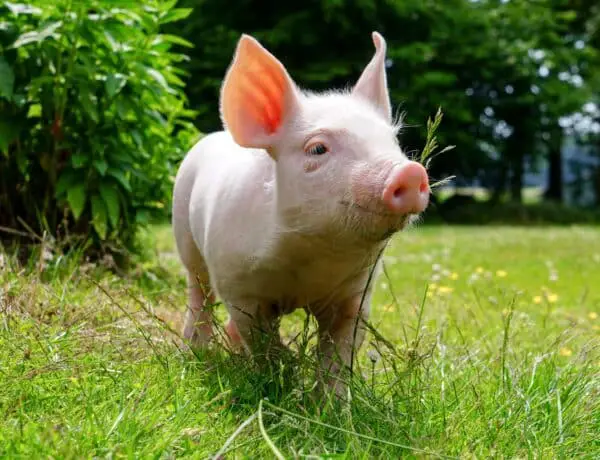
No Comments